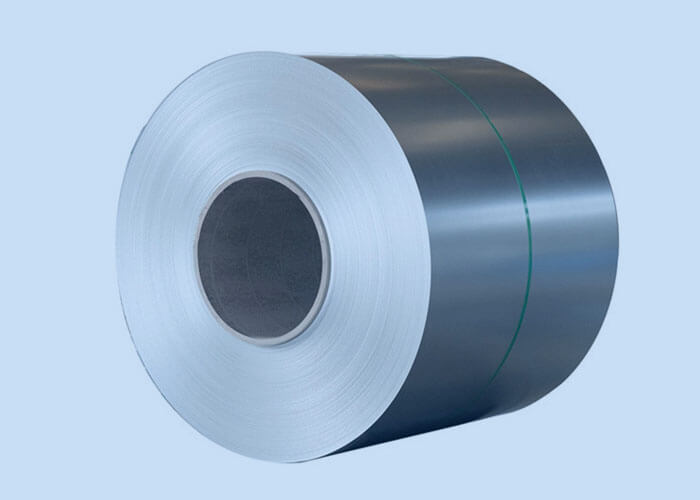Investing in the Electronic Market
25/03/2022
The basic idea behind electronic trading is that buyers and sellers place orders. In order driven markets, buyers and sellers list assets at the market price. When an order executes, it is immediately fulfilled. If it is for a fixed or limit price, the order is delayed until a certain condition has been met. For a stop order, the order is executed only if a set number of pips have been accrued in your favor.
Stock exchanges facilitate smooth transactions by bringing together investors and corporations in need of capital. These exchanges help investors manage risk by providing a marketplace for investing. The listed investments enable investors to choose where they want to invest and allocate their capital based on risk preferences. In addition, stock exchanges help smooth out the process of purchasing and selling a specific instrument. They also help streamline transactions by ensuring the prices of these instruments remain flat. Many scholars refer to these benefits as enhanced liquidity.
The trading mechanisms behind electronic trading are quite complex. The most important benefit is enhanced liquidity. Securities exchanges connect brokerages and investors, which enables better risk management. By choosing listed investments, investors can choose which investments to make and allocate their capital accordingly. In addition, the exchanges help the trade process run smoothly, facilitating trades at relatively flat prices. These exchanges have improved the lives of both investors and brokers.
Traders and investors benefit from the smooth functioning of electronic trading. Technical glitches and outright fraud can wreak havoc on financial markets. Even a minor error can wreak havoc on a company’s bottom line. The May 6, 2010 flash crash caused the Dow Jones Industrial Average to drop 600 points in 5 minutes and nearly $1 trillion in market value vanished.
Despite its benefits, the use of electronic trading is highly complicated. It can cause major problems, such as fraud. For example, if a fraudster steals your identity, the exchange will not allow you to purchase the shares you wanted. Moreover, hackers can exploit the ‘buy and sell’ orders and make off with them. The NYSE is the biggest stock exchange in the world, so it is no surprise that investors have to be careful with their money.
Stock exchanges are essential to the functioning of the financial markets. These exchanges bring investors and corporations together, which improves risk management. By allowing both buyers and sellers to access the same information, they can manage risks and allocate capital according to their own risk appetites. The benefits of electronic trading are largely quantifiable. Moreover, the increased transparency of the market allows investors to take greater decisions in their investments.
The invention of the computer in 1969 led to the first fully automated system for US securities trading. The trading system allowed large institutional investors to trade pink sheet securities directly. The success of the exchanges also spurred innovation in the world of finance. The ENIAC was the first fully automated computer. In the following decades, other competition followed, and traditional brick-and-mortar exchanges started developing fully automated processes for trade.
Electronic trading has become a key part of the financial markets, but technological glitches or even outright fraud can cause havoc. Whether it’s a simple glitch or an outright fraud, it’s important to know the mechanics behind electronic trading. And it’s crucial to understand how this type of exchange works. This will help you to better manage your investments and maximize profits.
Stock exchanges bring together investors and corporations seeking capital. They provide a convenient marketplace for both parties, thereby enabling better risk management. Listed investments have low risk, which is important for investors, as it means that they can choose the right investments. However, there are still some problems associated with electronic trading. In particular, it’s important to understand the difference between the two. The two systems function differently and have different uses. Nonetheless, both have their advantages.


